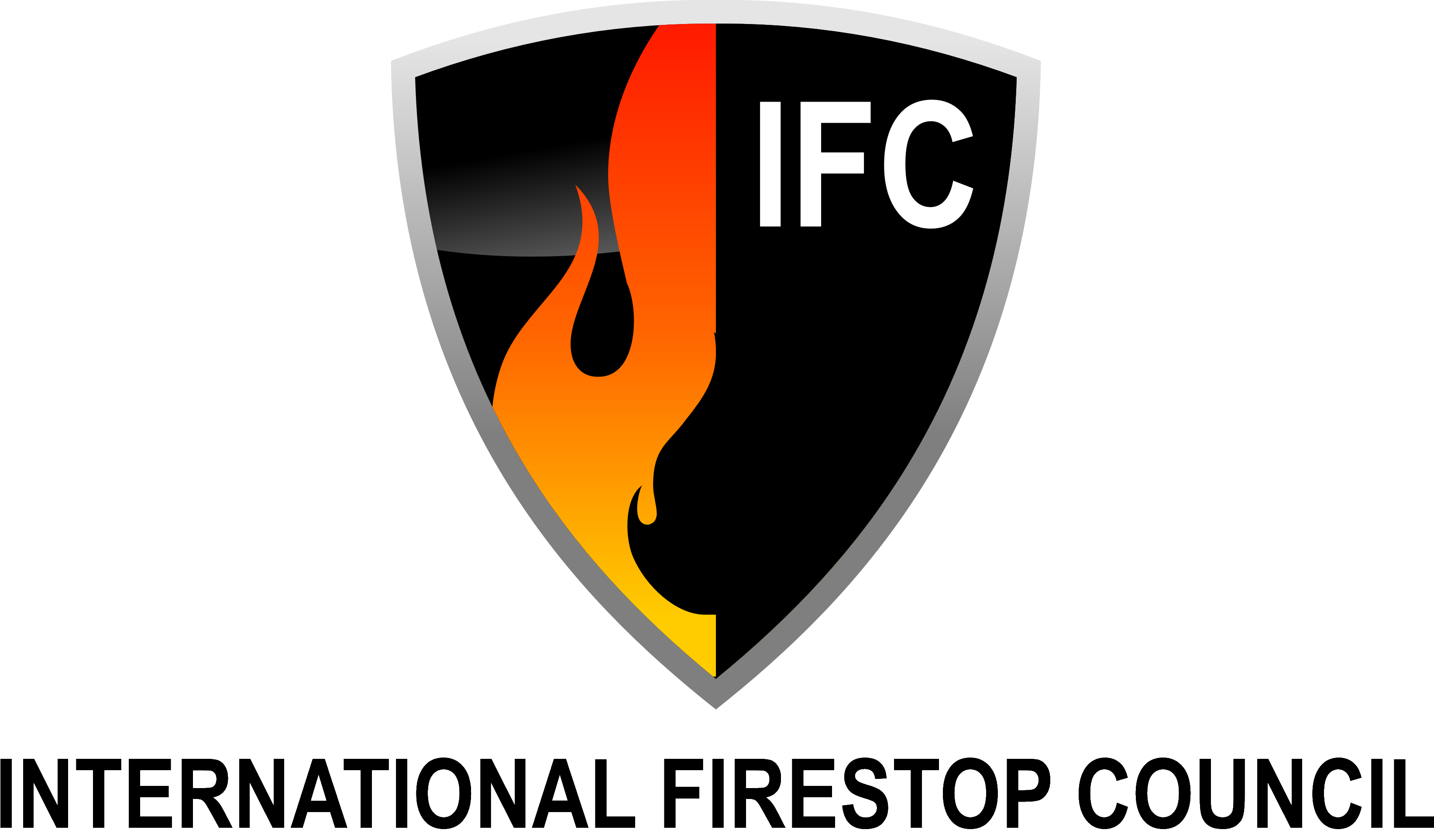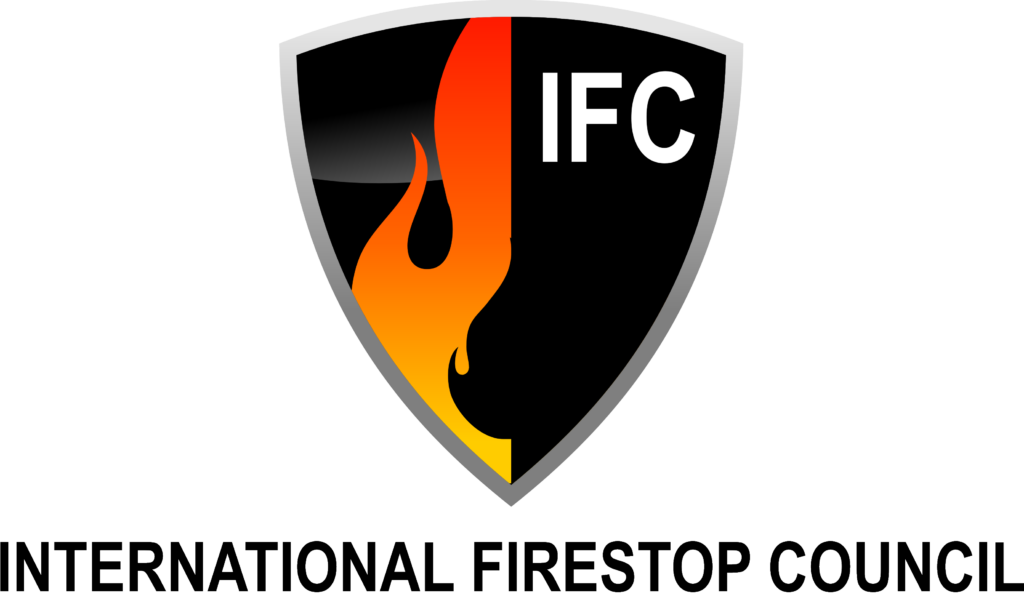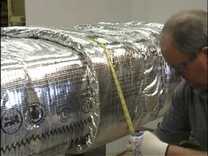What’s New?
Latest Information to Assist the Firestop Community
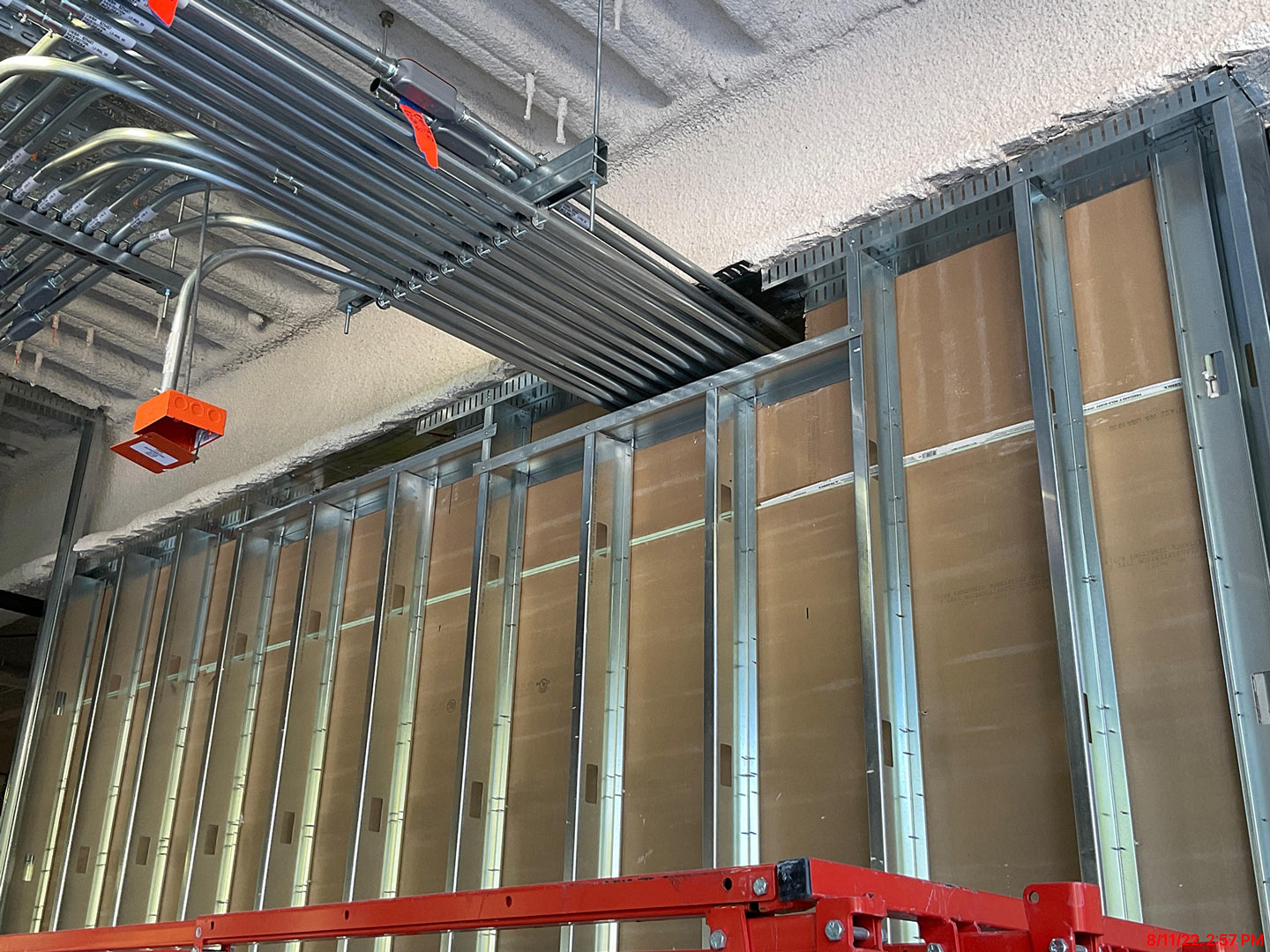
UL Launches Technical Evaluation Developer Program
Technical Evaluations, commonly referred to as Engineering Judgments (EJs), are used in the fire protection industry to address situations where the as-built condition of a particular assembly does not match any tested and qualified systems. The acceptance process for EJs by Authorities Having Jurisdiction (AHJs) can vary across North America. This variation may result from instances where additional project requirements must be met when utilizing an EJ. Examples of these additional requirements are provided in the next section. One reason for these additional requirements in the acceptance process is the lack of guidance on how to verify the competency of service providers who issue EJs.
UL Solutions’ Technical Evaluation Developer Program seeks to address this area of lacking guidance. This program will help to verify the competency of service providers who are manufacturers of Fire Protection products by having them demonstrate their knowledge of Fire Protection standards, principles, and products.
The program accomplishes this through three major requirements:
- Technical Personnel Competency – each Technical Evaluation Developer must meet minimum levels of educational and experience-based competency, including industry experience, knowledge of specific systems, testing, and knowledge of the specified standards. To demonstrate their competency, each Technical Evaluation Developer must pass a written exam and receive a score of 80% or greater on each relevant module. There are four possible modules covered within the examination process. These include a general exam which is mandatory, and modules covering penetrations & joints, perimeter fire barrier, and ducts. Each company obtaining the UL TEDP accreditation will decide which of the four modules they wish to seek accreditation for.
- Audits – audits are conducted by UL Solutions staff members by selecting at random a portion of EJs issued by a service provider. The audits focus on assessing a manufacturer’s management system (MS), ensuring adherence to the MS, and evaluating the MS regarding the program’s requirements.
- Certification Testing – UL will randomly select one EJ for every 1,000 issued by a service provider to test. These certification tests will not exceed 15 tests per year. These tests will serve to verify that EJs developed by program participants are compliant with relevant life safety requirements. This testing will also serve to increase the overall testing efforts in the industry to ensure conditions that commonly require EJs are tested and qualified.
By providing a structured framework and defined qualifications that assure the acceptance of EJs, UL seeks to reduce the number of low-quality EJs in the market and increase the testing and certification efforts within the fire protection industry.
AHJs and installing contractors can feel confident that service providers who are part of this program will provide solutions that meet the specified life safety requirements. This will help to create consistency in the solutions provided by EJs across the industry.
New Online Firestop Product Training
The ‘IFC Firestop 204: Multi-manufacturer Firestop product familiarization’ course was created by multiple firestop manufacturer’s. In this 4-hr self-paced course, you will see various products from top manufacturers close up, learn how to identify them, understand how they should be installed correctly, and what to look for to identify incorrect installations. Enroll today to learn about the following topics:
- Fire resistive Joint systems
- Expansion Joints
- Perimeter Fire Containment
- Penetration firestop
- Full-line firestop manufacturers
If you’re looking to obtain or renew your IFC Premier Certificate, this course is one of the requirements. It also qualifies towards the IFC’s Continuing Education Program and is accredited by the ICC. Click Here to Enroll
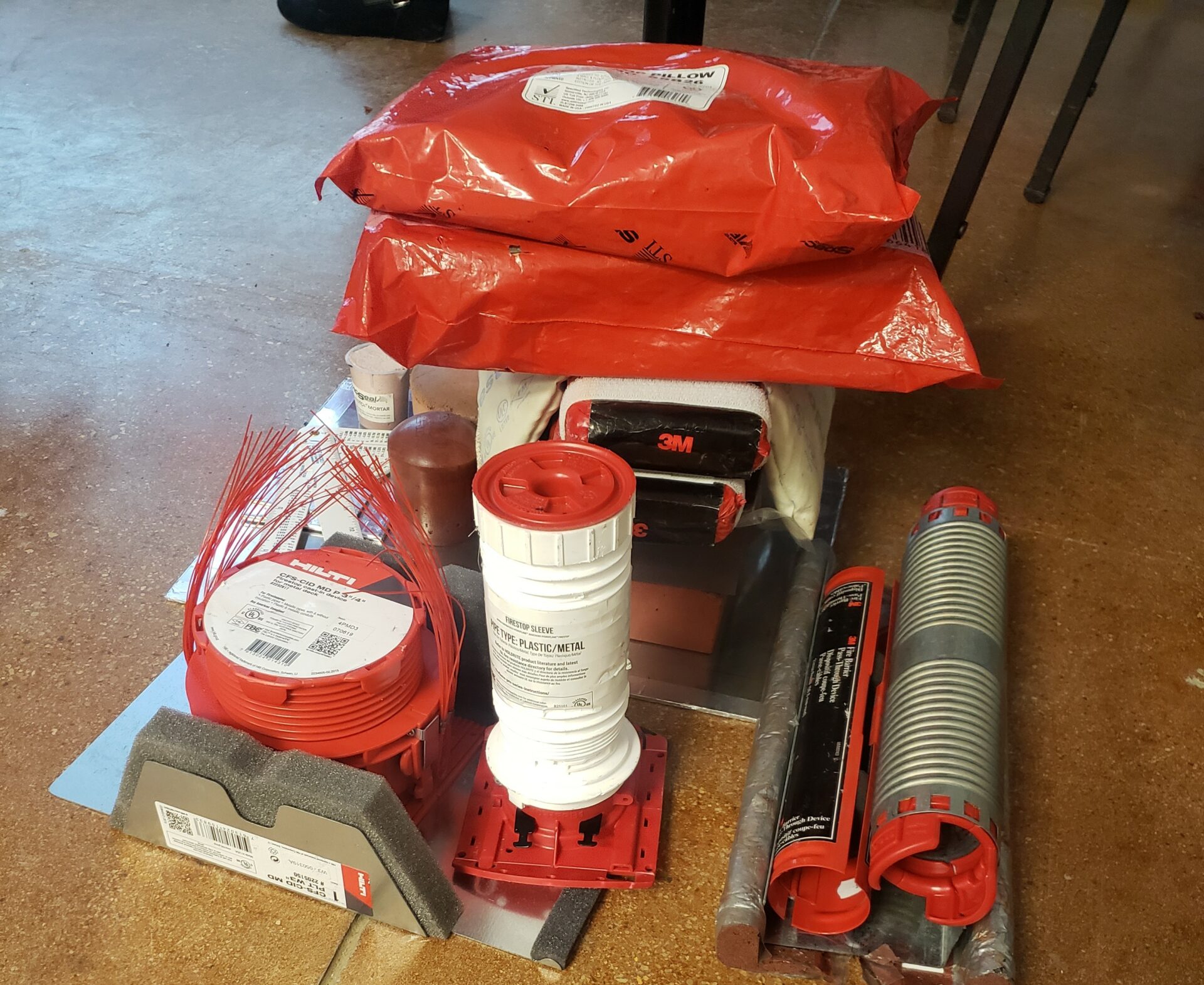
Don’t let this happen to the CPVC piping on your project!
The IFC recommends not using a firestop product in contact with CPVC unless their compatibility is documented.
Read this IFC position statement to learn more:
Click Here for IFC Position Statement
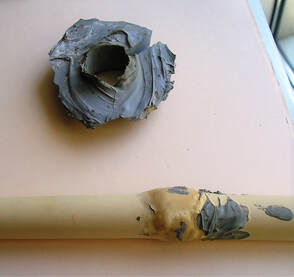
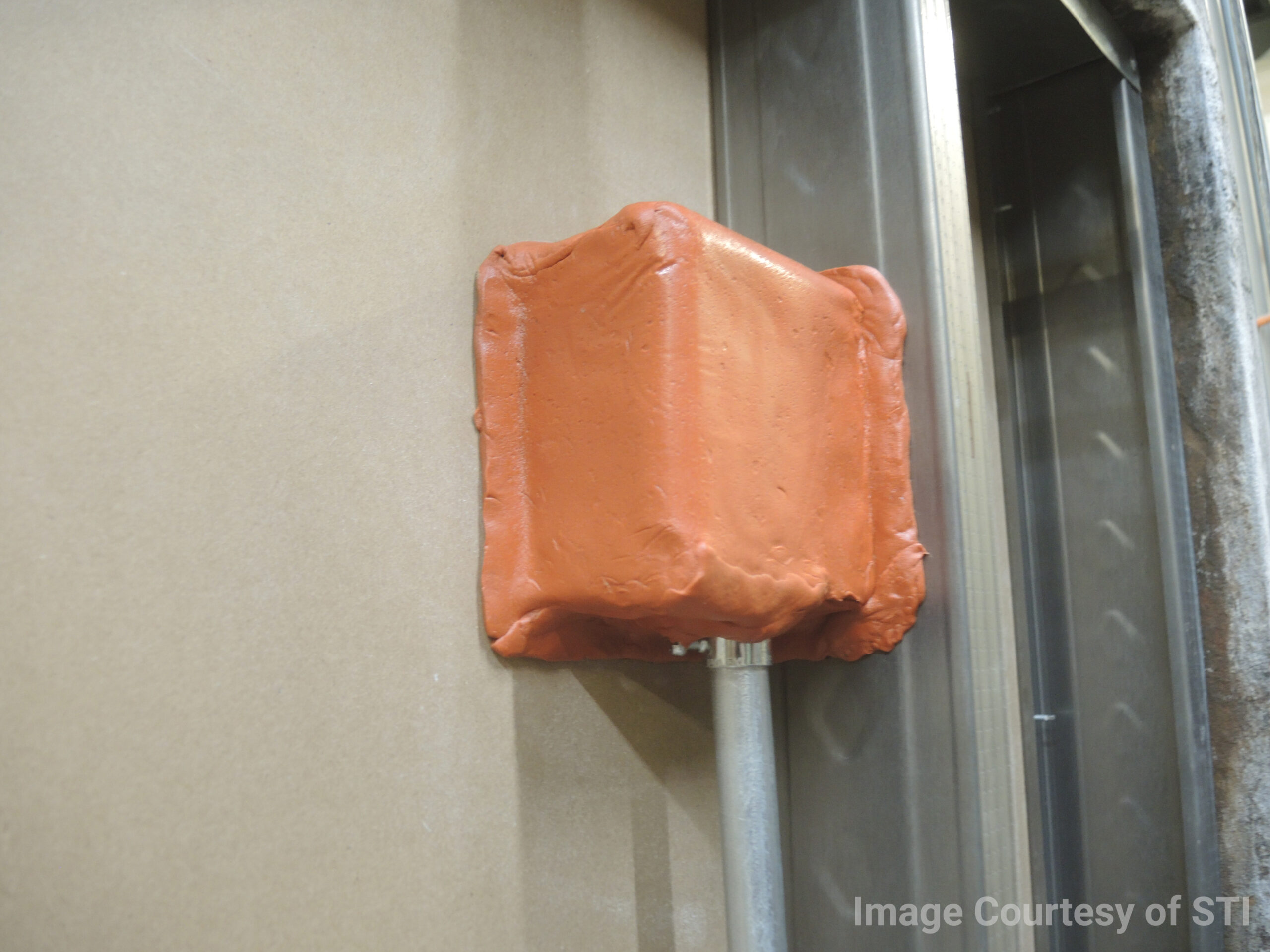
Guide for Protection of Recessed Boxes in Fire-rated Walls Using Firestop Putty Pads, Box Inserts, Cover Plate Gaskets and Endothermic Mats.
Firestop putty pads, firestop box inserts, firestop cover plate gaskets and endothermic mats are products that are often chosen for recessed box protection, but many times the application range and specific code requirements are misunderstood. This Guide will walk you through the different IBC limitations and protection options based on the IBC categories of recessed boxes:
- Steel boxes up to 16 sq inches
Steel boxes larger than 16 sq inches - Non-metallic electrical boxes of any size
- Boxes other than electrical boxes
UL makes critical changes to Ventilation Duct Listings.
Read this HNLN- IFC white paper to gain background on these changes and implications on their installation and ratings achieved. After reading you will:
- Learn about recent updates to UL category code HNLN aimed at helping to ensure that the differences between Duct Assembly Categories are well understood.
- Learn what is different about these new “Fire Protective Ratings” as compared to fire resistance ratings.
- Understand why the correct types of systems need to be used, in their entirety, for the full length of the duct system.
“Fire Protection” ratings in industry are lesser than “Fire resistance ratings.” For example, closures (e.g. fire doors) have fire protection ratings, which excludes temperature rise criteria. This revision is highlighting that new differentiation.
For more information, see link to UL HNLN Guide Information:
UL Guide Information as of May 11, 2020
UL initiates penetration firestop system movement certifications.
In 2016, ASTM Committee E06 on Performance of Buildings issued standard E3037 “Standard Test Method for Measuring Relative Movement Capabilities of Through-Penetration Firestop Systems”.
UL has now finalized their testing and certification program that will verify conformance to the ASTM firestop movement standard.
A recording of an excellent 1-hour UL webinar on this topic is now available on demand. It explains the testing and certification program, and how the test data will be provided within penetration firestop system listings. The webinar recording can be accessed here.
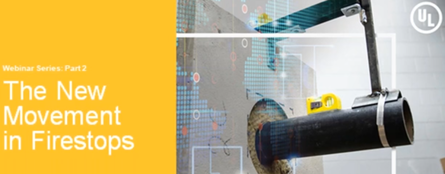
Recent Publication
This Guide’s 22 pages include good practices and planning considerations that help avoid most installation error

Gypsum Association publishes 2019 edition of GA-225, Repair of Fire-Rated Gypsum Panel Product Systems: Editorial changes only.
July 2019
The Gypsum Association has published a revised edition of its heavily referenced document “Repair of Fire-Rated Gypsum Panel Product Systems”, also known as GA-225-2019.
The 2019 document edition provides the same technical guidance as the previous (2015) edition of that document, but with some editorial changes that aim to clarify the language and terminology. For example, past references to “gypsum board” now refer to “gypsum panel”, and “material” becomes “panel”.
Key technical points to remember from GA-225 are as follows:
- For damage or holes smaller than 100 sq. inch per 100 sq. ft, the wall can be repaired with an inlaid piece of gypsum panel, and that new framing must be installed to back all four sides of that patching panel.
- When damage or a hole exceeds 100 sq. inches per 100 sq. ft., all materials in the damaged area must be removed back to the original framing to make the repair.
As in previous editions, the document provides some excellent images to help explain the repair procedure for the damage areas smaller than 100 sq. inch.
If you wish to obtain the latest edition of GA-225 (2019), it can be downloaded from https://gypsum.bnibooks.com/product/ga-225-15-repair-of-fire-rated-gypsum-panel-product-systems
GA Tutorial: Repair of Fire Rated Gypsum Panel Product Systems https://www.youtube.com/watch?v=YkoXTrRpk_0
(Not from IFC)
UL publishes document explaining differences in air duct protection listings.
There has been some confusion in the marketplace with regards to which UL listings for fire-resistance-rated or fire-protection-rated air ducts provide which type of protection.
To provide clarity, UL has published a document that helps explain the differences between their air duct protection listing categories HNLJ and HNLN. The document explains which test standards are used for each listing category, and the application limits for each listing category. It can be viewed at this link.
In particular, users are cautioned that listings in category HNLN may not provide an insulation rating, in which case ducts would need to maintain a minimum clearance of 18 inches (46 mm) to any nearby combustible or limited combustible materials.
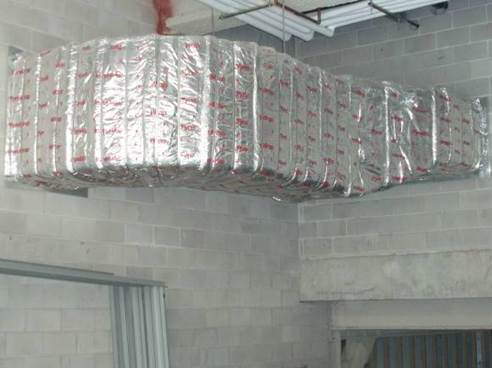
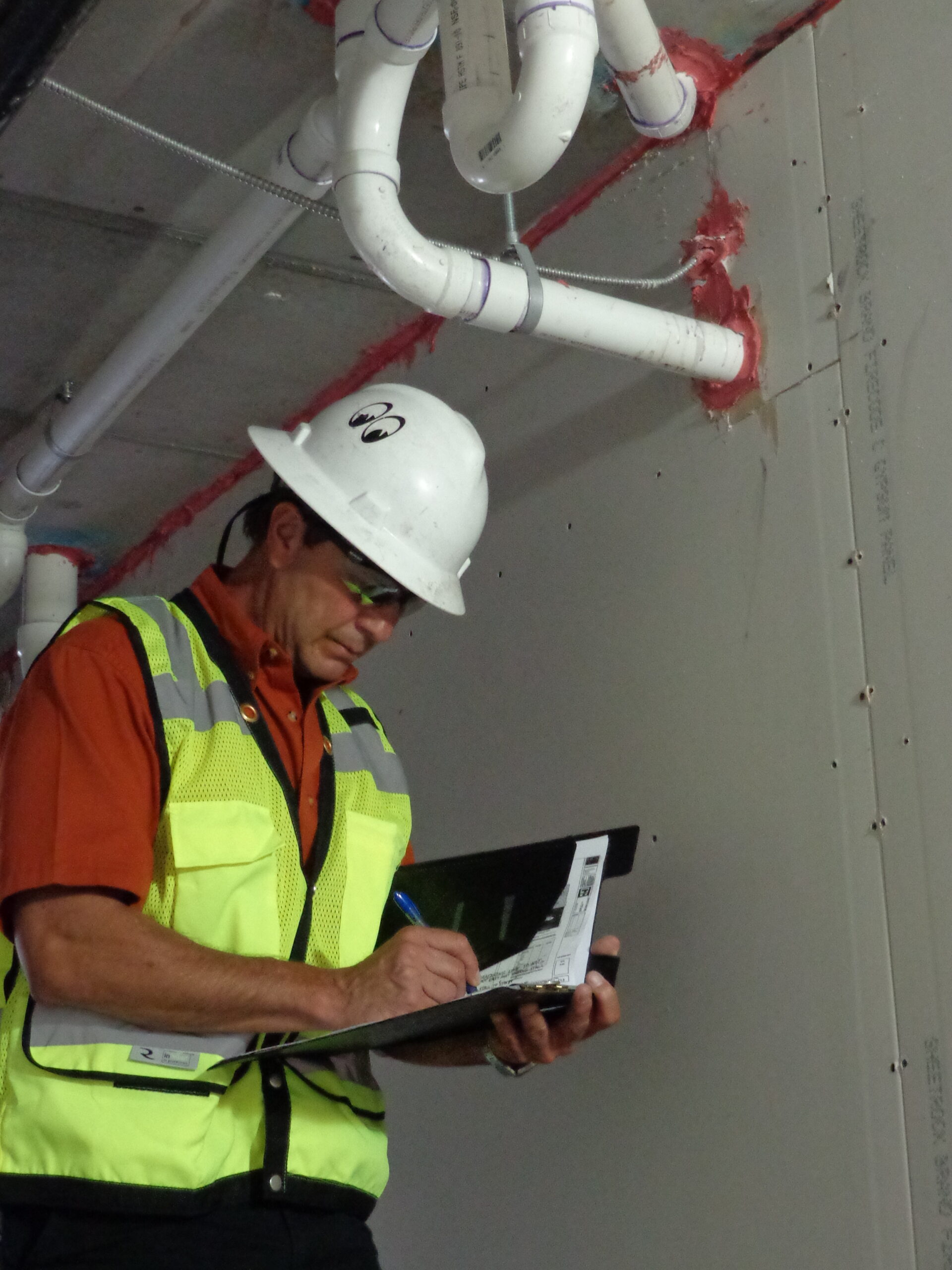
State of Kentucky Plumbing Code adds requirement for special inspection of plastic pipe firestopping.
State of Kentucky Plumbing Code adds requirement for special inspection of plastic pipe firestopping.
The Kentucky State Plumbing Code has added the requirement that plastic piping in buildings >45 ft. high must
include a special inspection of the firestopping for those pipes, in accordance with inspection standard ASTM E2174.
The state code can be accessed here.
(2) (a) Except as established in paragraph (b) of this subsection, PVC or ABS pipe and fittings shall be limited to buildings in which the conductor does not exceed forty-five (45) feet in height, measured from the grade plane as defined by the Kentucky Building Code, 815 KAR 7:120, or Kentucky Residential Code, 815 KAR 7: 125, and continuing through the vertical distance of the building to
a maximum height of forty-five (45) feet.
(b) PVC or ABS pipe and fittings may be installed in a building in which the conductor exceeds forty-five (45) feet in height if the installation complies with all of the requirements established in
this section.
(c) The use of PVC and ABS piping shall be limited to Schedule 40 or 80 produced and labeled as ASTM D2665 and D1784 for PVC piping and ASTM D2661 for ABS piping.
(d) The installation of the PVC or ABS pipe and fittings shall be made in compliance with the
manufacturer’s recommendations, which shall be made available to the inspector.
(e) Firestop systems shall be inspected in accordance with ASTM E2174 by an inspection agency approved by the department.
Intertek Qualified Firestop Inspector Program (IQP)
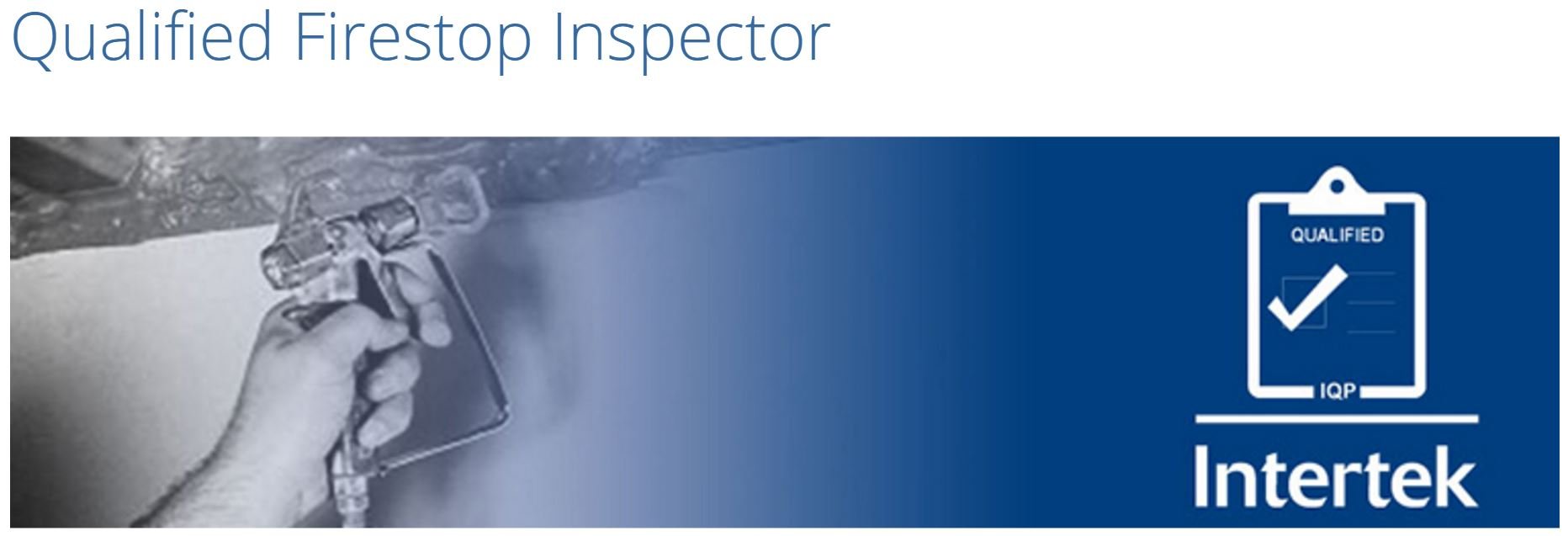
The IFC strongly encourages those special inspectors who do firestopping for a majority of their time to seek out the additional training and accreditation, as provided by the Intertek IQP program. See http://www.intertek.com/IQP/firestop-inspector/ for complete information on this program.
Briefly summarized, to be accredited in the IQP program, the inspector will need the following:
- IFC Premier Certificate (as described in our Premier Certificate section of the website)
- Attend a 1-day, hands-on, how-to-inspect firestop seminar instructed by or approved by the IFC (see schedule below)
- Apply to Intertek, providing proof of a) and b) above
- Schedule a field audit by IntertekInspectors who become accredited through the Intertek IQP program are listed at the Intertek website, have photo ID cards that identify them as such, and have unique stickers that they can/should use for every penetration or joint inspected in accordance with ASTM E2174 and E2393. The Intertek IQP truly differentiates the most highly competent special inspectors available.
Inspectors who become accredited through the Intertek IQP program are listed at the Intertek website, have photo ID cards that identify them as such, and have unique stickers that they can/should use for every penetration or joint inspected in accordance with ASTM E2174 and E2393. The Intertek IQP truly differentiates the most highly competent special inspectors available.
Check Out the IFC’s 3rd Party Inspection Education and Certificate Program!
In spring 2014, the International Firestop Council introduced the first comprehensive Firestop Special Inspection education and certificate program.
The 2012 International Building Code requires special inspection of firestopping for buildings over 75 feet in height, and category III and IV buildings.
Upon successful completion of the IFC training program participant will have competence and knowledge needed to be proficient in firestop special inspections.
For more information go to our exam overview page. Building officials should accept nothing less than special inspectors who have completed this certificate program.
- IBC 2012 3rd party firestop inspection is mandatory, gain the expertise necessary from the IFC.
- Study materials accessible online at no charge*
- Self-paced learning
- Study at home, office, mobile
Online exam
Firestop Special Inspections Are Now Required in the 2012 International Building Code (IBC):
Chapter 17, section 1705.16 of the IBC requires that all firestopping is inspected according to two ASTM standards ASTM E 2174 and ASTM E 2393. These standards are also utilized when jurisdictions require firestop special inspections on large projects prior to adopting the 2012 IBC. For more understanding of this trend, or others, feel free to contact the IFC at [email protected].
